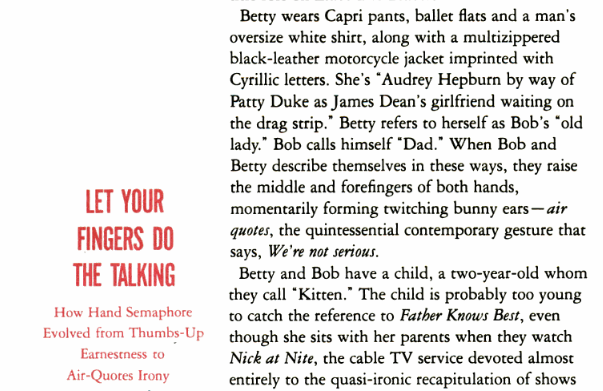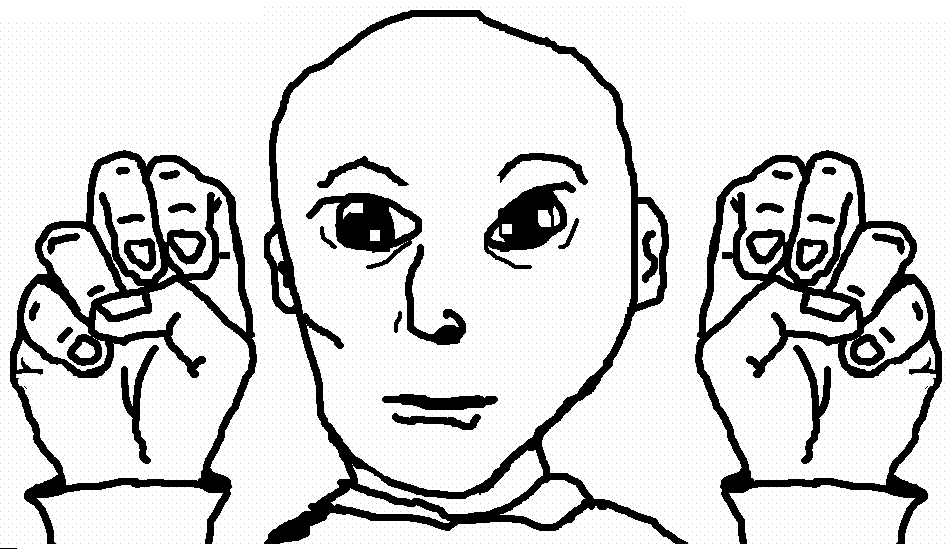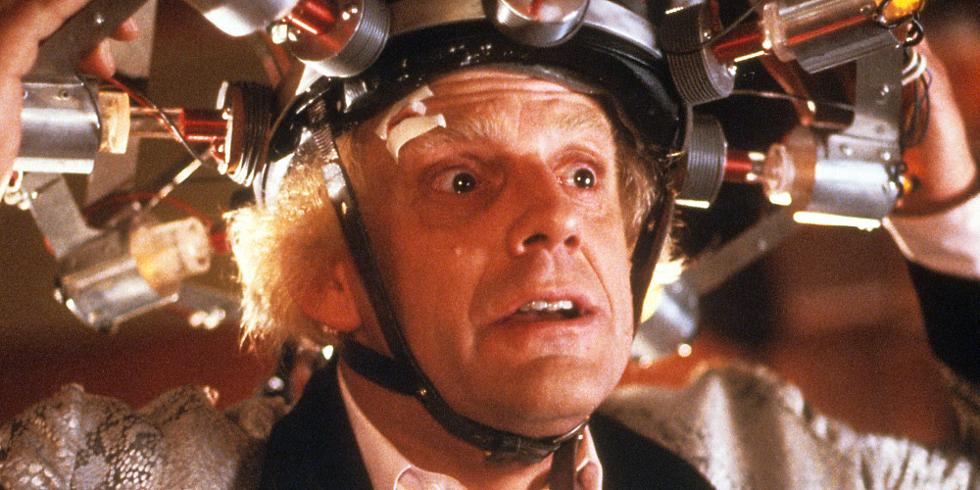We’re being a little cheeky here. This question wasn’t really addressed to Dear Alphabettes, but since we’re on the subject of answering things without being asked, we thought we’d leave our contribution anyway.
One of the temptations is to start this text (in this case, a blog post, not a book!) by asking the broader question: what are books? It reminds me of an episode of Look Around You. Talk about derailing… A book is a book is a book.
When an author says they have written a book, what they mean, and what the vast majority of people understand that they mean, is that they have written the content of the book.
Now you may insist: isn’t the content of a book the same as a text? Usually it would be in text form, yes, although I suppose if an author’s process was to narrate the contents of their book into, say, a recording device, rather than writing it down, we would still say they wrote a book, even if they hadn’t, strictly speaking, written anything down.
Similarly, if you listen to an audiobook, the content would be experienced through sounds, and it would still be a book.
When we hear the word “book”, we tend to picture it in codex form. Printed and bound, a physical object, a set of printed sheets of paper held together inside a cover. The platonic ideal of books. That rules out literature and text written in scrolls, clay or stone tablets, etc. The saying goes we shouldn’t judge a book by its cover, and yet here we are, defining a book by its shape rather than its contents. Today, however, many books are not even published in printed form, and are available only on e-readers. They are still books.
So let’s not purposely obfuscate things here. When someone says they wrote a book, we all know what it means. Dante wrote The Divine Comedy, Mary Shelley wrote Frankenstein, J.K. Rowling wrote Harry Potter. We understand that they wrote those books, and we are not talking about the physical act of writing (with a pen or a computer), or the physical shape of any specific edition of the book.
As a group of women involved in lettering, typography and type design, we tend to enjoy the physical form of books and, more broadly, the physical form of letters that give shape to written content. There are many hands, eyes and brains that bring the book that the author wrote into the finished form that the reader will hold in their hands, or read through their screens, or listen to through their headphones, etc. Many of us work full-time contributing to this process. We appreciate and celebrate it and we imagine most of our readers do too.
Let’s continue to celebrate all the people that bring books into existence, starting with the people who write them.
Do you also have a question about questions nobody asked, the universe, or everything else? Tweet at us @alphabettes_org and if the answer doesn’t fit into a tweet, we may reply here.





